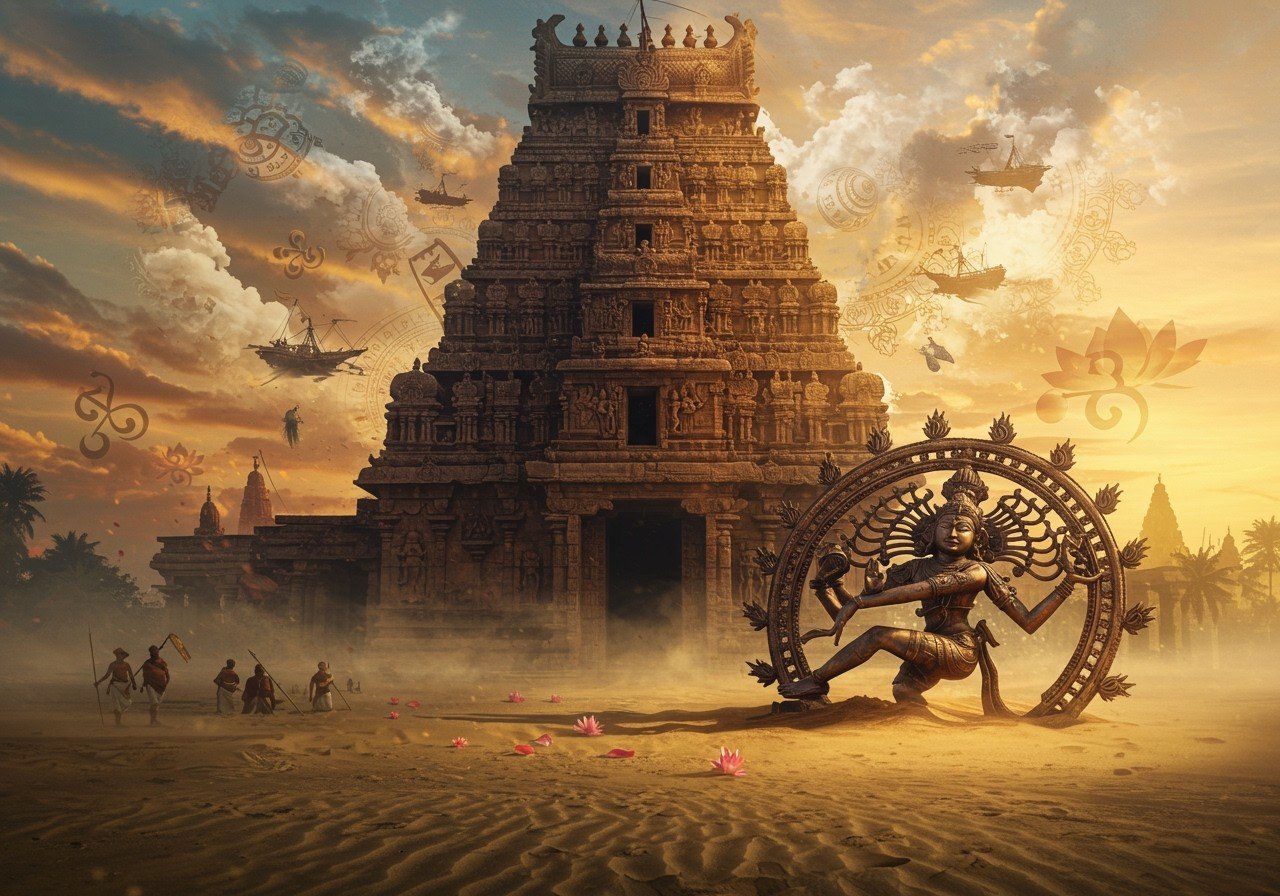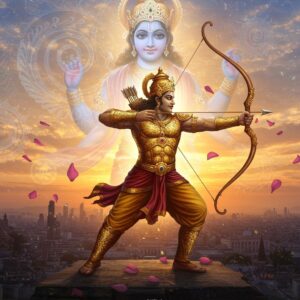The Rise and Fall of the Chola Empire: A South Indian Saga

The Chola Empire, a prominent dynasty in South India, reigned supreme between the 9th and 13th centuries. Renowned for its robust administration, military prowess, and cultural achievements, the Cholas left an indelible mark on Indian history. However, like all empires, it eventually met its decline. This article delves into the factors that led to the fall of the Chola Empire, its repercussions, and the enduring legacy it bequeathed.
The Zenith of the Chola Empire
To comprehend the empire’s decline, it’s crucial to examine its peak. Under rulers like Rajaraja Chola I and Rajendra Chola I, the empire experienced significant expansion, encompassing present-day Sri Lanka, the Maldives, and parts of Southeast Asia. The Cholas boasted a formidable navy, establishing trade routes and diplomatic ties with nations like China and the Arab world. This era witnessed a flourishing of art, architecture, and literature, exemplified by the construction of magnificent temples such as the Brihadeeswarar Temple in Thanjavur.
Factors Contributing to the Decline
The decline of the Chola Empire was a complex process influenced by a confluence of internal and external pressures:
- Internal Conflicts: Succession disputes and weak leadership eroded the central authority, creating instability within the empire. The lack of a clear and competent successor often led to internal power struggles and weakened the empire’s ability to respond to external threats. For example, after the death of Rajendra Chola I, the empire faced a significant setback.
- External Threats: Invasions by the Pandyas, and conflicts with the Hoysalas and Kakatiyas further destabilized the empire. These rival kingdoms constantly challenged the Chola authority, leading to protracted wars that drained resources and weakened the empire’s defenses.
- Environmental Stress: Repeated floods in the Kaveri and Cheyyar river systems, essential for agriculture, disrupted food production and caused economic hardship. This environmental stress further exacerbated the empire’s decline.
- Administrative Challenges: Managing the vast empire became increasingly difficult, resulting in inefficiencies and corruption. The extensive bureaucracy became unwieldy, and corruption weakened the empire’s foundations.
Rajendra Chola I’s death was a turning point, after which the establishment of the Chola Chalukya dynasty by Rajendra Chalukya signaled the beginning of the end for the Chola Empire.
The Final Chapter: Rajendra Chola III
Rajendra Chola III, the last Chola ruler, presided over the empire’s final decline. His reign was characterized by weak leadership, loss of territories to the Pandyas and Hoysalas, internal strife, diplomatic failures, and economic hardships. The once-mighty Chola navy also declined, impacting trade and the empire’s ability to project power.
The Enduring Legacy
Despite its decline, the Chola Empire’s legacy persists. The majestic temples, including the Brihadeeswarar Temple, serve as enduring testaments to the architectural ingenuity and spiritual depth of the Chola period. The rich literary, artistic, and cultural heritage they nurtured continues to inspire and influence South Indian culture.
The Cholas’ administrative and governance models provided a foundation for subsequent South Indian kingdoms. Their naval achievements and extensive trade networks shaped India’s maritime history, connecting the subcontinent with far-flung regions. The emphasis on local governance and a temple-based economy continues to be studied and admired.
Despite its fall, the Chola dynasty remains a potent symbol of strength, cultural richness, and innovative leadership. The lessons from their rise and decline provide valuable insights into the importance of balanced expansion, effective governance, and sustainable resource management. The Chola Empire’s story is a testament to the enduring power of tradition and the remarkable legacy it leaves behind.
Exploring Cultural Heritage with Poojn.in
Poojn.in, India’s leading online store for cultural and religious goods, offers a wide selection of items that connect you with India’s rich spiritual heritage, including that of the Chola period. Explore our collection of:
- Brass Idols: Discover beautifully crafted brass idols reminiscent of the Chola bronze craftsmanship, perfect for your home altar or personal collection. These idols embody the artistry and spiritual significance of the era.
- Pooja Asans: Enhance your prayer space with traditional cotton asans, providing a comfortable and respectful setting for your daily rituals. These asans reflect the reverence and devotion central to Chola religious practices. Choose from a variety of colors and sizes to suit your needs.
- Incense Sticks: Create a serene atmosphere with fragrant sandalwood incense sticks, evoking the scents and ambiance of ancient temples. These incense sticks offer a sensory connection to the spiritual practices of the Cholas. Experience the calming and purifying effects of sandalwood.
Visit Poojn.in today to explore our diverse collection and discover items that resonate with your spiritual journey. Our team is dedicated to providing high-quality products and exceptional customer service.
Further Exploration: Related Articles on Poojn.in
- South India’s Sacred Sites: A Guide to Exploring Hindu Temples
- Badami Cave Temples: Chalukya Dynasty Architecture
- Bhoganandishwara Temple: History, Architecture, Significance, and Exploration


